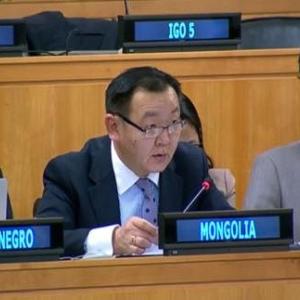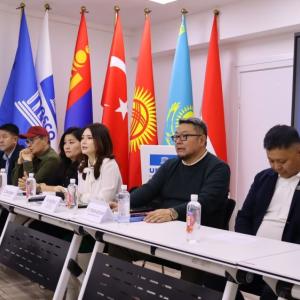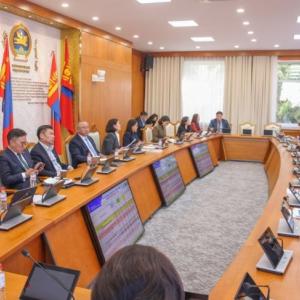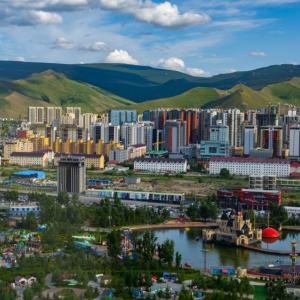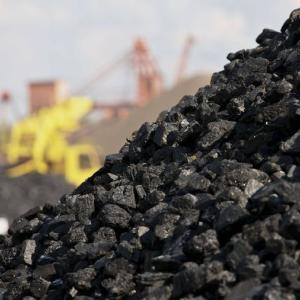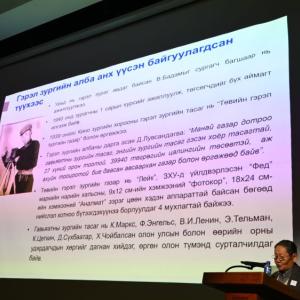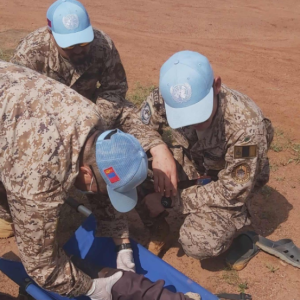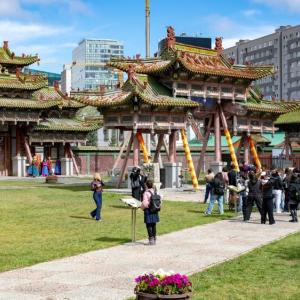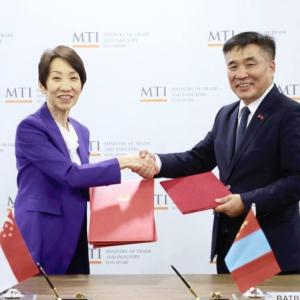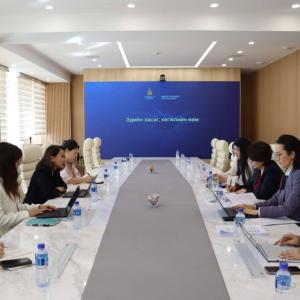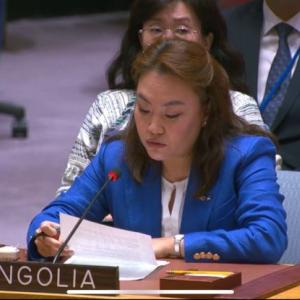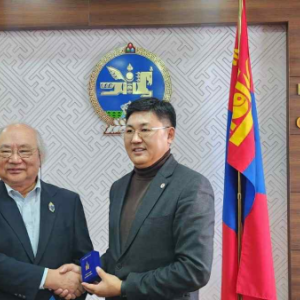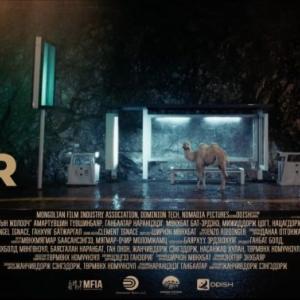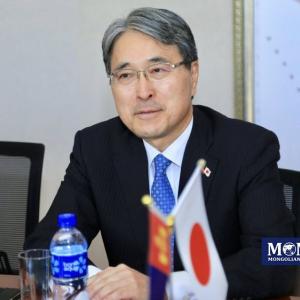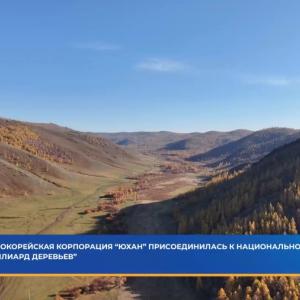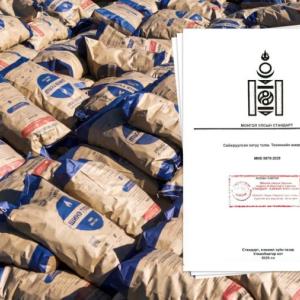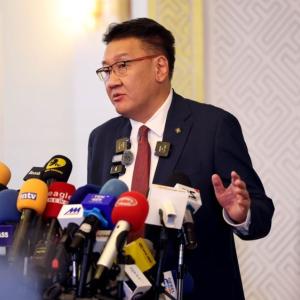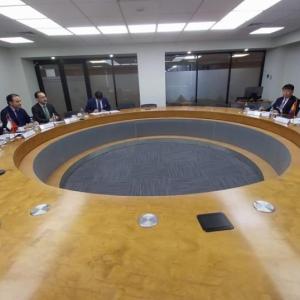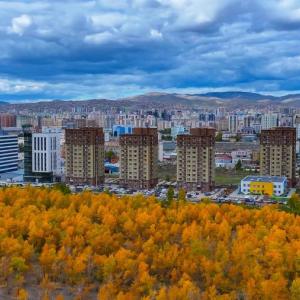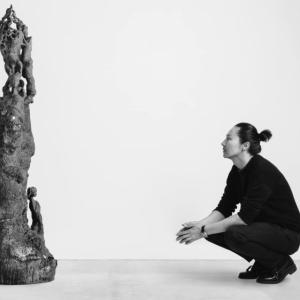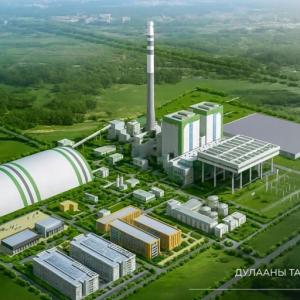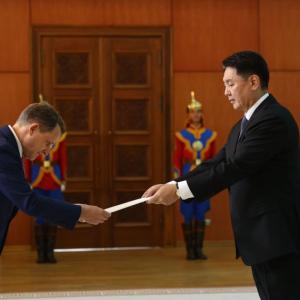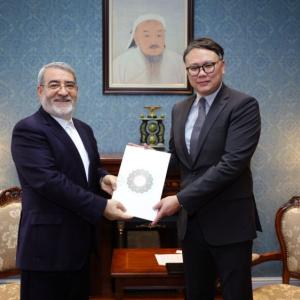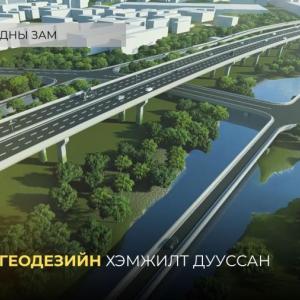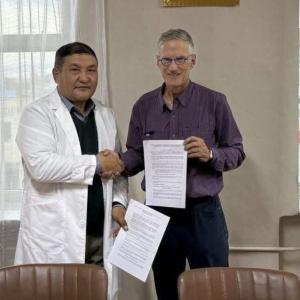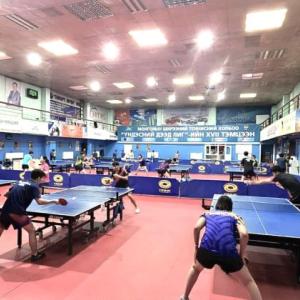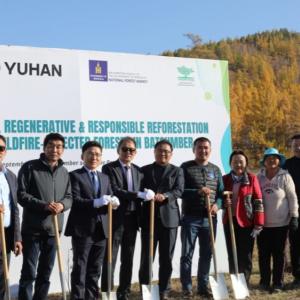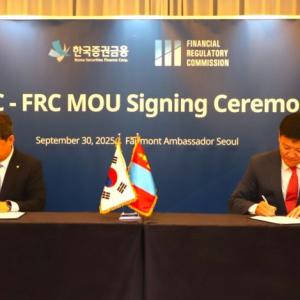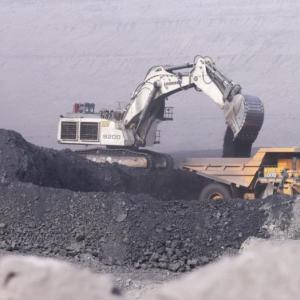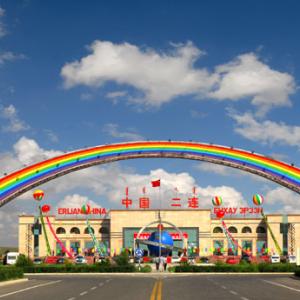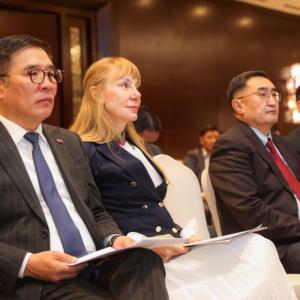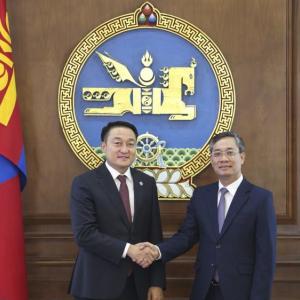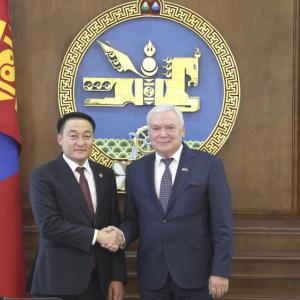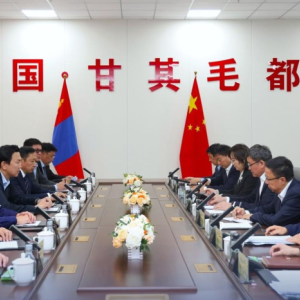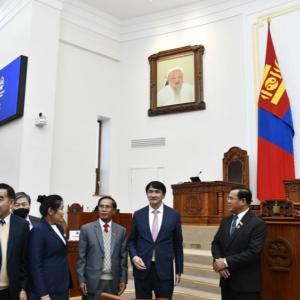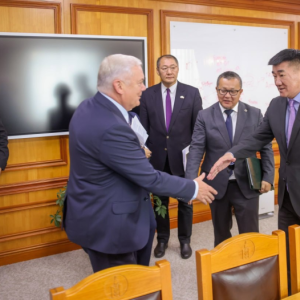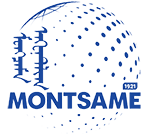Parliamentary Committee Reviews Mongolia’s Response to Desertification and Water Security
Politics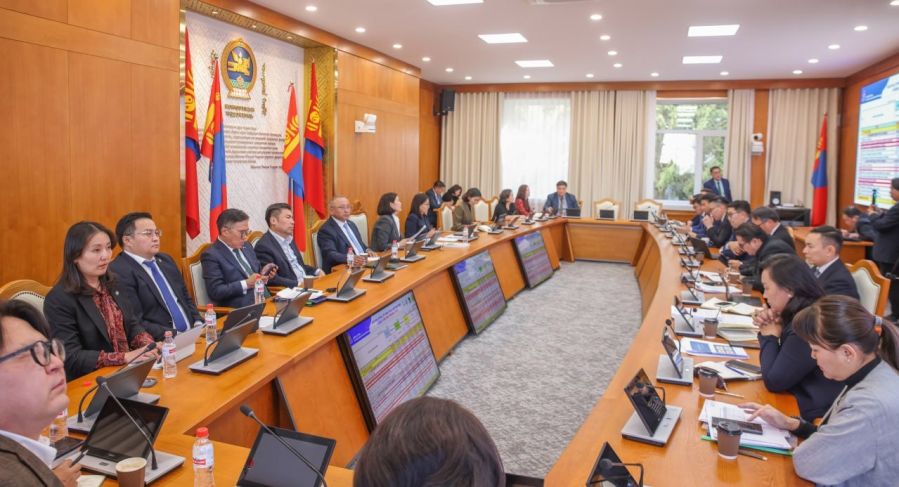
Ulaanbaatar, October 9, 2025 /MONTSAME/. The Standing Committee on Environment, Food, and Agriculture of the State Great Khural (Parliament) of Mongolia discussed safeguarding water resources and combating desertification on October 8, 2025.
At the outset, Member of Parliament, Munkhbayasgalan Luvsanbyambaa, presented a report entitled “Blue Policy – Human-Centered Environment.” The report outlined the following key points:
Desertification affects 76.8 percent of Mongolia’s total land area, while 34.5 percent of all pastures are degraded. In the Gobi region, 50 percent of the land is classified as either severely or very severely desertified. Pasture and land degradation are driven by climate change, the expansion of mining activities, and the decline of traditional nomadic livestock farming.
A comparison of 357 water sources across 44 soums located in the southern region of Mongolia, Dundgobi, Dornogobi, and Umnugobi aimags against the MNS0900:2018 standard revealed that 81.2 percent of physical and chemical indicators and 73.18 percent of heavy metal levels were classified as hazardous.
The report warned that the presence of chemical, biological, and heavy metal contaminants poses a serious threat to the health of children, as well as pregnant and lactating women.
Following the presentation, T. Baljinnyam, Head of the Department of Natural Resources Policy and Rational Use at the Ministry of Environment and Climate Change, addressed the importance of protecting water resources, reducing land degradation, and preventing desertification.
Ts. Munkhnasan, Acting Head of the Department for Coordination of Livestock Policy Implementation at the Ministry of Food, Agriculture, and Light Industry, emphasized the need to clarify and strengthen the legal framework for pasture protection.
Additionally, representatives at the discussion highlighted the importance of regulating pasture use to its carrying capacity, reducing grazing pressure, prioritizing protective measures, and mitigating degradation and desertification.
In provinces of the mountainous area
in central Mongolia, the following measures were proposed:
- Installation of solar-powered
water pumps in permafrost-affected areas
- Construction of reservoirs for
potential water storage
- Development of new engineered wells in Gobi soums
In the Gobi and steppe regions:
- Construction of new engineered
wells in unused pastures
- Installation of solar-powered
water pumps in engineered wells
- Increasing the distance between wells to reduce overuse
- Installation of water softening
devices in wells with poor water quality
In the central region:
- Construction of new engineered
wells with large diameters and high yields to meet growing demand
Participants also discussed ongoing preparations for COP17 – the 17th Conference of the Parties to the United Nations Convention to Combat Desertification. The event is expected to draw approximately 7,000 to 10,000 delegates. Mongolia has introduced three sets of initiatives aimed at tackling its distinct environmental challenges and enhancing the resilience of its land and agricultural sectors. These proposals focus on sustainable pasture management, groundwater conservation, integrated land use planning, and the development of nature-based infrastructure solutions.
The Standing Committee will reflect the opinions, conclusions, and recommendations from the discussion in relevant legislation. Proposals with differing principles will be considered for inclusion in the national budget, as reported by the Media and Public Relations Department, Parliament of Mongolia.
 Ulaanbaatar
Ulaanbaatar

